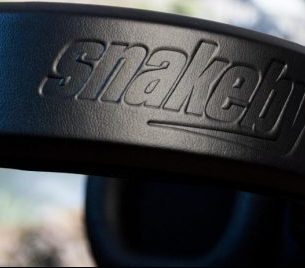Archive Post
Home / Headsets
CES 2017: An Up Close Look At Microsoft’s Windows 10 VR Initiative
It has been a few months since we last heard from Microsoft's Virtual Reality initiative…
Snakebyte Announces A New Range of Controller Solutions & Accessories
Having a reliable controller is one of the most important aspects when it comes to…


